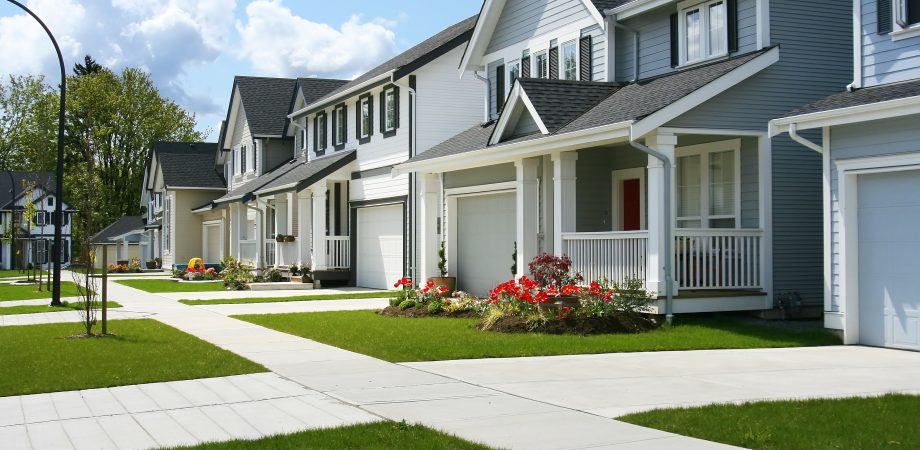Managing Poor Soil Quality on New Construction Properties

The Cause
At the beginning of a construction project, excavators remove the topsoil to create a surface for the foundation of the building. Since the foundation will be poured below ground level, the top layer of the soil must be excavated to make room. Another reason to remove topsoil is its organic matter content and loose structure. That composition makes it ideal for growing grass but not for supporting a building.
At the end of a construction project, builders typically backfill the area around the building with soil excavated from lower levels. Whether excavated for a basement or retention pond, this deeper soil has higher clay content. Irrigation water can also be a source of poor soil quality on new properties. If it comes from a newly built well, the water quality may still have problems.
The Effect
Topsoil has the highest level of microbial activity, which supports turfgrass health and growth. Removing topsoil creates an environment with less organic matter. The plant must grow in a nutrient desert and often in a more literal desert, too. The compact soil makes it difficult for water to penetrate and reach the plant. Another common problem with backfilled soil is pH imbalance.
The Solution
Soil testing is the first and most important solution to poor soil quality. You can assume that a new property has problems, but you can’t identify specific issues to fix without a soil test. Take multiple soil samples from around the site for a complete picture of the situation.
The results of your soil test will determine how to improve the quality of your soil. If soil testing reveals a high or low pH level, consider applying lime or sulfur to correct it. Although pH correction is a gradual process, it is worth the time for the long-term health of the lawn. Soil test results will also let you know which nutrients to apply and at what levels. In addition to traditional fertilizers, several other materials help correct nutrient issues in the soil.
Materials
One such material is gypsum, a unique mineral that helps decompact the soil to improve water infiltration. Gypsum also delivers calcium and sulfur while removing salt from the soil. Because salt pulls water out of the plant, it’s important to correct high salt levels in the soil. Gypsum ultimately improves both the structure and chemistry of the soil.
Humic acids are another tool to restore the soil quality on a new property. These organic materials increase nutrient availability and uptake for the plant. They also help balance the pH of the soil, making humic acids a good supplement to lime or sulfur applications. Some products, such as Biomend DG Black Gypsum, contain both gypsum and humic acids.
Another valuable technology is Armament, which increases nutrient availability and reduces input needs. Armament is a versatile tool you can apply as a liquid or granular formulation, alone or in combination with fertilizers.
Cultural Practices
As with any turfgrass establishment project, irrigation is important in caring for a new site. Irrigation is especially valuable for new lawns with poor soil quality. Because water penetration is often a struggle, you may need to irrigate more frequently to ensure the plant receives sufficient water. Take soil cores regularly to observe how deep the water reaches, and adjust your irrigation practices accordingly.
Aeration is another way to create a healthier soil environment on a new property. Core aeration decreases compaction by physically removing pieces of soil. This practice improves water penetration, air circulation, and fertilizer delivery. It also creates space for rhizomatous grass to spread.
Finally, topdressing is a helpful practice to restore the topsoil qualities that support turfgrass growth. Depending on the material you use, topdressing can introduce organic matter back into the soil. This organic matter and other topdressing material will simulate the healthy topsoil from the site before construction.
Now that you better understand the soil problems on new construction sites, you’re prepared to tackle these challenges. Contact your ATS rep for recommendations specific to your customers.







